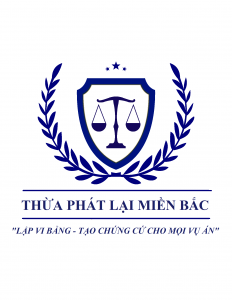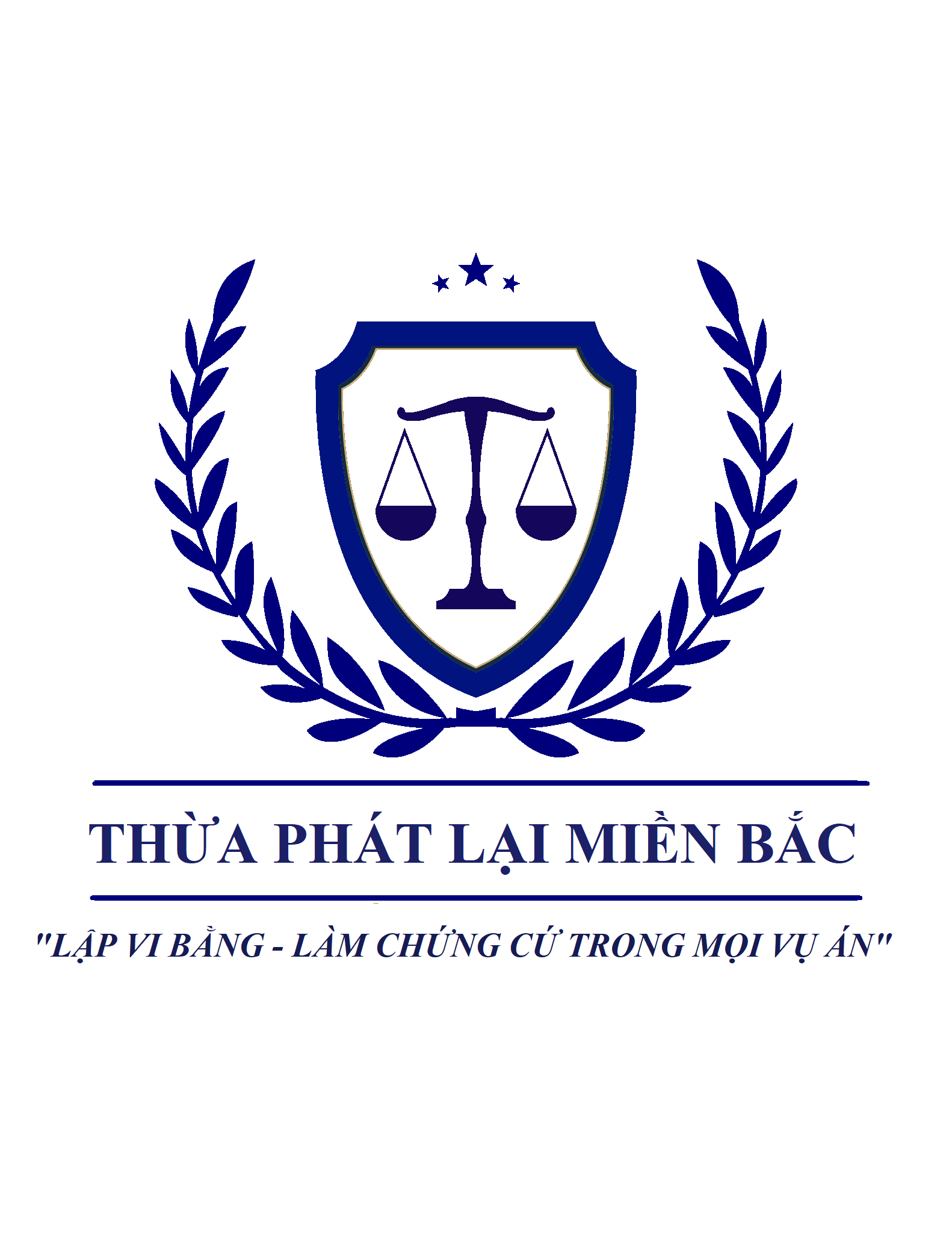Energetic Vs Passive Portfolio Administration Key Differences
With expert fund managers aiming to identify alternatives that might result in greater returns, investing in actively managed funds can considerably boost your wealth in the lengthy term https://www.xcritical.in/. One of the primary variations between passive and lively investments is the administration style. Conversely, passive funds follow a predetermined set of rules to mirror a benchmark index’s composition and weights. Actively managed funds goal to beat the market and supply returns to traders which are higher than the market common. Thus, they keep constant track of changing market circumstances to make essentially the most of short-term fluctuations and market inefficiencies.
Advantages Of Passive Mutual Fund Technique
Indians typically choose lively funds as they’ve a lot of choices available to select from. Active fairness funds are thought of a great software to realize long term monetary goals corresponding to wealth creation for kid’s schooling or retirement. As these funds are in the high-risk high-return category, they can fetch good returns. Many lively funds have given very excessive returns compared to benchmark and few have also underperformed the benchmark.
Who Manages Funds In Lively Investing?
There may be other/better alternate options to the funding avenues displayed by BFL. Hence, the ultimate investment choice shall at all times exclusively remain with the investor alone and BFL shall not be liable or responsible for any penalties thereof. Passive investing is cheaper than lively investing as a outcome of passive funds have lower expense ratios and transaction costs than lively funds. This is because passive funds don’t require lively buying and promoting of securities or extensive analysis and analysis. If you are interested in investing in mutual funds, the Bajaj Finserv Mutual Fund Platform may help. You can discover more than 1,000 different funds, together with people who employ energetic and passive portfolio management strategies.
Issues Before Investing In Energetic And Passive Funds
On the opposite hand, passive investing focuses on replicating a specific market which reduces danger. In lively funds, fund managers can modify the fund’s portfolio in response to changing market circumstances. This adaptability helps capitalize on emerging alternatives and mitigate dangers. Fund managers can actively manage threat by adjusting the fund’s portfolio composition.
- (iii) carry independent analysis or evaluation, together with on any Mutual Fund schemes or different investments; and provide any guarantee of return on investment.
- He further added that he had instructed his trustee, who oversees his estate, to invest 90% of his wealth into index funds for his widow.
- You & I (and each other investor on the planet) have the identical access to the same public information about publicly traded stocks.
- NSE indices almost get pleasure from a digital monopoly in debt phase, most of it attributable to Bharat Bond ETFs.
On average, a big percentage of actively managed funds tend to underperform their benchmark index over the lengthy term. However, some active funds persistently outperform the market, which is why thorough research and due diligence are essential before investing. The optimal investment technique will depend on your individual monetary targets, danger urge for food, and funding horizon. A mixture of both lively and passive funds may help create a well-diversified portfolio, capable of navigating varied market conditions and assembly your long-term monetary aims. Ultimately, the choice between passive funds vs active funds depends on an investor’s distinctive monetary scenario, objectives, and funding philosophy.
A hybrid approach to funding administration combines the strengths of both lively and passive methods. This blended strategy can provide buyers the benefits of diversification and cost financial savings from passive funds, alongside the potential for higher returns from lively management. It is essential to grasp the difference between lively, passive, and smart beta investing so as to match your investment strategy to your risk tolerance and monetary goals. Active investing might provide excessive returns however is time-consuming and requires enough data.
Since these investors choose the right securities and cautiously observe market entries and exits, they’re extremely skilled within the decision-making process. Moreover, they do thorough research and analysis of assets, shares, and extra, which helps them to determine investment alternatives that could result in higher returns. All these tips adopted by active traders present them with above-average returns.
This aspect is obvious by wanting on the survivorship proportion in the SPIVA report, which states that only 4 out of 5 mid and small-cap funds survive in a 10-year interval. There is not any definitive reply to which of the 2 investment approaches is the better choice. In fact, it’s heavily dependent on components such as particular person circumstances and preferences.
This trend of underperformance persists over longer durations, with 86.2% and 92.9% of active managers underperforming over 3Y and 5Y intervals, respectively. Greater Good Financial LLC (“GGF”) is a registered funding advisor providing advisory providers within the State(s) of [MN, AZ & CA] and in other jurisdictions where exempted. Opinions expressed herein are solely those of GGF, unless in any other case particularly cited. Material presented is believed to be from dependable sources and no representations are made by our firm as to other parties’ informational accuracy or completeness. All info or ideas provided should be mentioned in detail with an advisor, accountant or legal counsel prior to implementation.
Differences might be as a outcome of expense ratio charges, management fees, or any other fees or dividends. Passively managed funds goal to replicate the efficiency and portfolio composition of a selected index. They don’t involve lively stock choice or market timing and therefore don’t require steady buying and promoting of securities. These funds are well-suited for first-time investors or those with a conservative funding approach. Index funds and exchange-traded funds (ETFs) are widespread examples of passive funding automobiles.
When we are saying portfolio management, we mean how the underlying assets(equity, debt, gold, etc) are being bought and bought by the fund manager. They put money into passively managed funds that represent the make-up of the inventory market or a subset of it. As a outcome, the efficiency of a passively managed portfolio is almost similar to the performance of the market.
Over the last decade by way of June 2024, 51% of actively managed real estate funds survived and beat their common passive peer, making it the only class group whose 10-year success ratio exceeded 50%. Overall, actively managed funds did little to change their long-term track report. About 29% of them survived and beat their average listed peer over the last decade via June 2024.
In the mid and small-cap fund phase, the numbers are slightly more favorable. In the one-year timeframe, 78% of these funds underperform the S&P BSE four hundred Mid and Small Cap Index. Over three years, this figure improves to 53%, and additional drops to 38% over five years. So far in the first two months of 2022, only 4 funds have outperformed Nifty 50 TRI forming just 28% of the whole giant cap AUM. In reality, if we see the pattern for final three years, was the only respectable yr for the large cap universe the place a majority of them outperformed. The portfolio is adjusted solely to match modifications in the index, not in response to market occasions or forecasts.
However, this is not simple to achieve and is decided by varied factors, such because the fund manager’s skill, market conditions, fund dimension, and bills. Actively managed funds charge a charge to buyers for the companies of the fund manager and the operational prices of the fund. This payment is called the administration fees and is included within the categorical ratio which is expressed as a share of the fund’s assets under administration (AUM). The expense ratio reduces the returns of the fund and varies depending on the fund’s strategy and asset class.
Passive funds sometimes have lower charges as they do not require fixed management from fund managers. In addition, these sort of funds maintain onto investments for a protracted time, which reduces the risk of selling them for trading functions. Since fewer capital features are achieved throughout the fund, fewer income are distributed to the investors. So, traders have to pay much less taxes since capital gain distributions are typically taxable.

Bài viết được thực hiện bởi VP TPL Miền Bắc
0 Chức vụ: Chủ sở hữu Website
( Lĩnh vực tư vấn: Tư vấn luật, Lập Vi bằng
& Trình độ đào tạo: Công ty TNHH
6 Số năm kinh nghiệm thực tế: 10 năm
4 Tổng số bài viết: 31.006 bài viết
CAM KẾT CỦA VP TPL MIỀN BẮC:
– Hỗ trợ khách hàng 24/7;
– Chi phí hợp lý nhất;
– Hỗ trợ nhanh chóng nhất;
– Lập vi bằng nhanh nhất, hiệu quả nhất;
- Tống đạt văn bản, Thi hành Án nhanh nhất.
————————————————————–
THÔNG TIN LIÊN HỆ:
VĂN PHÒNG THỪA PHÁT LẠI MIỀN BẮC
Trụ sở chính : Tòa nhà số 69/172 Phú Diễn, P.Phú Diễn, Q.Bắc Từ Liêm, Tp.Hà Nội.
Hotline : 19006574
Email : tplmienbac@gmail.com
Website : https://thuaphatlaimienbac.com/
Facebook : https://www.facebook.com/thuaphatlaimienbac/
THỪA PHÁT LẠI MIỀN BẮC – “Hãy lập Vi bằng để được Nhà nước công nhận là chứng cứ"

